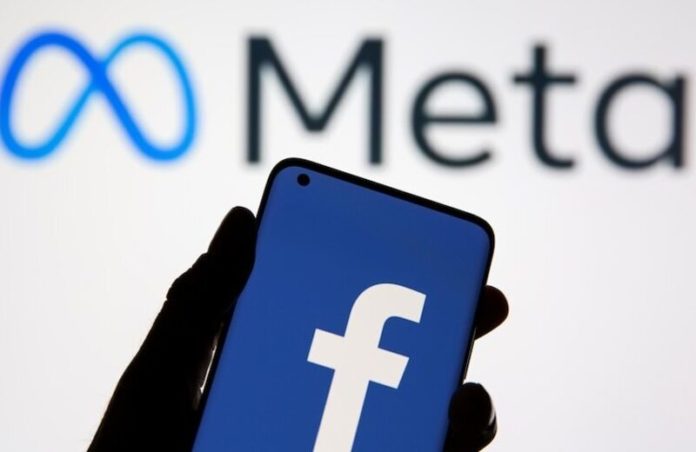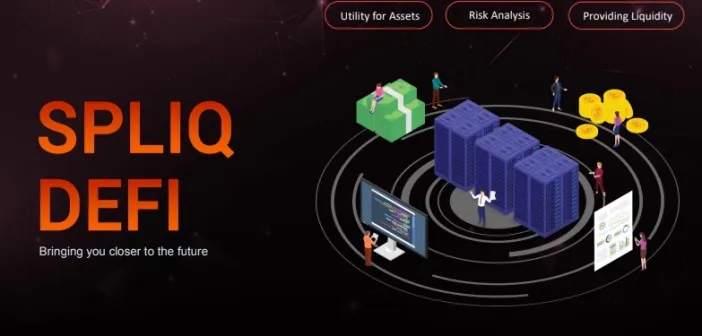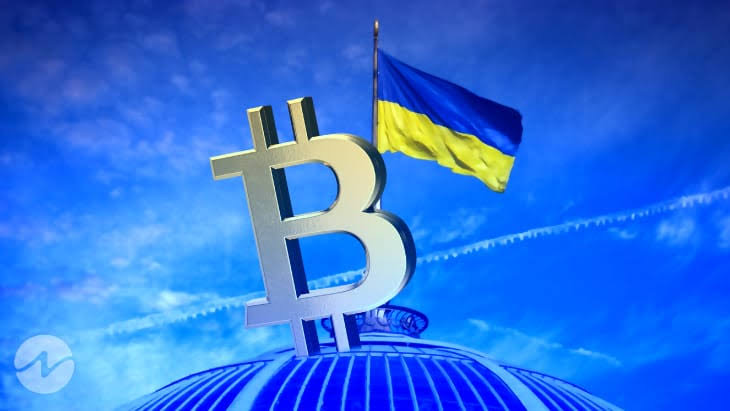How The Satoshibles are providing quality education to African children through NFTs
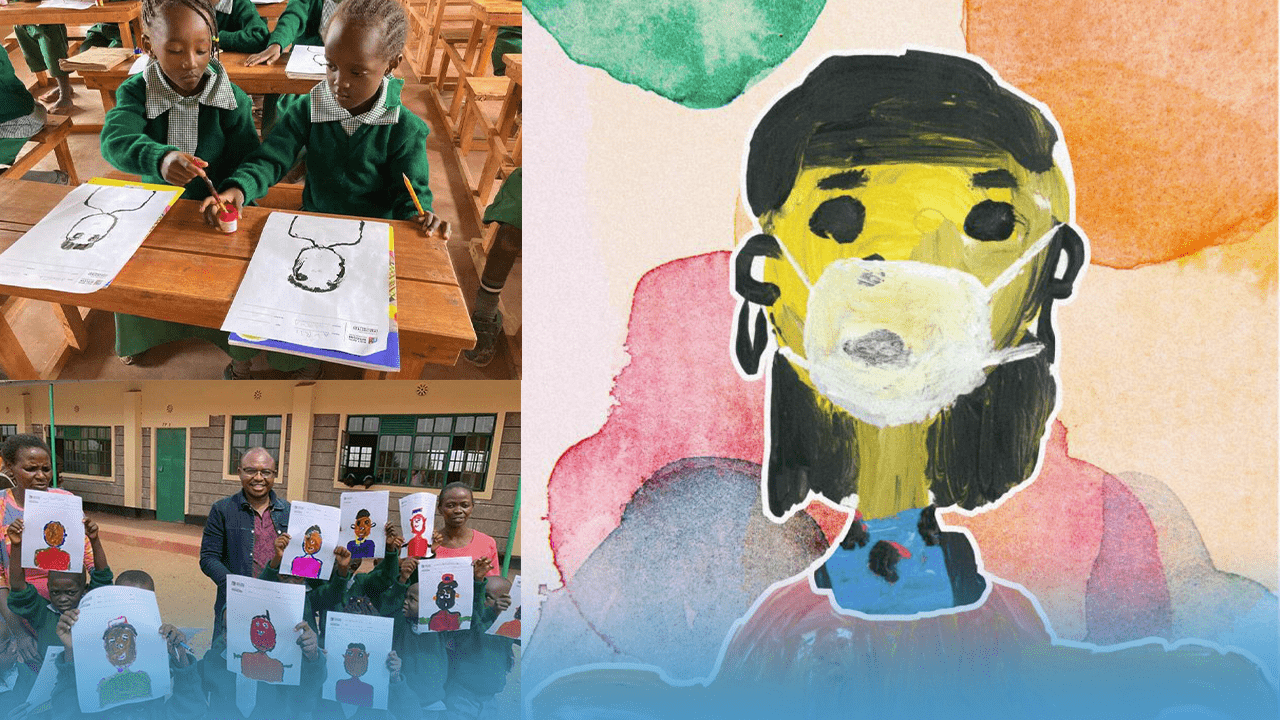
Non-fungible tokens (NFTs) captivated the world’s attention in 2021, when images, tweets, and even music began selling for millions of dollars on the Internet.
The idea of selling easily accessible content to anyone on the Internet for millions of dollars seemed far-fetched at the time, but the concept of fungibility and virtual ownership has since gained traction.
NFTs have grown in popularity, owing primarily to their ability to generate wealth quickly. They have evolved into a profitable venture for both creators and those who trade their works.
Interestingly, we’ve seen NFTs go beyond buying and selling artworks to become status symbols, providing access to some of the world’s most exclusive communities.
The Bored Ape Yacht Club (BAYC), an NFT community with some of the world’s biggest celebrities as members, is one example. Becoming a member of the BAYC is relatively simple if you have between $288,000 and $3 million to spend on one of the club’s 10,000 grungy apes.
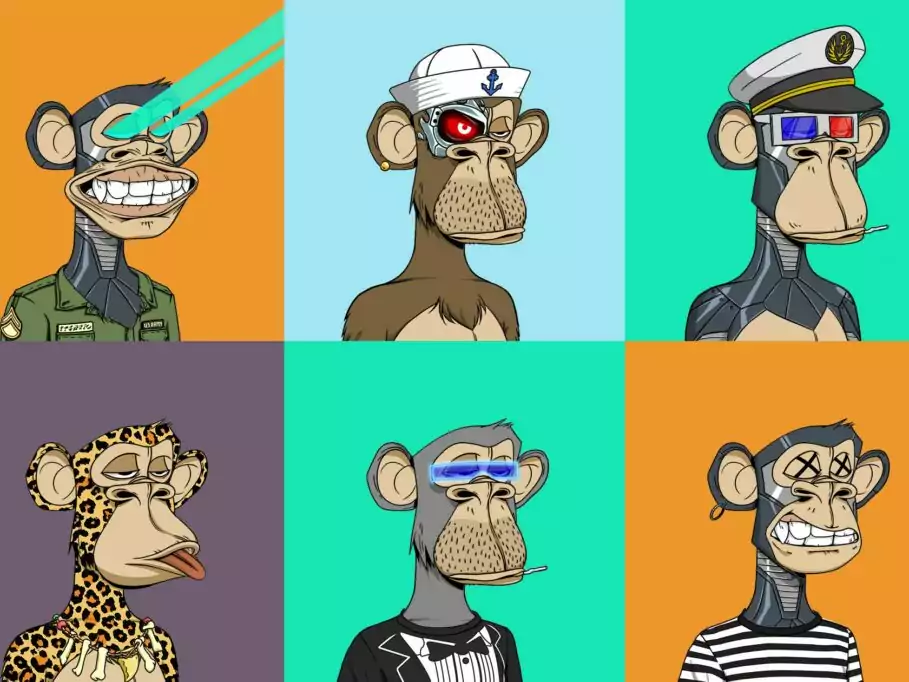
Since the project’s massive success, people have formed similar NFT communities to the BAYC. Most NFT projects or collections now aim to be as exclusive as the BAYC, with early members becoming automatic millionaires.
However, while most NFT collections are motivated by money and exclusivity, one project aspires to be a beacon of hope for African schoolchildren.
The Satoshibles, an NFT project named after Bitcoin’s enigmatic founder(s), Satoshi Nakamoto, is the first NFT project to be secured by the Bitcoin network via Stacks. Because of advanced technological features not available on the Bitcoin network, NFTs are widely created and transferred on the Ethereum network. Satoshibles, on the other hand, have devised a workaround.
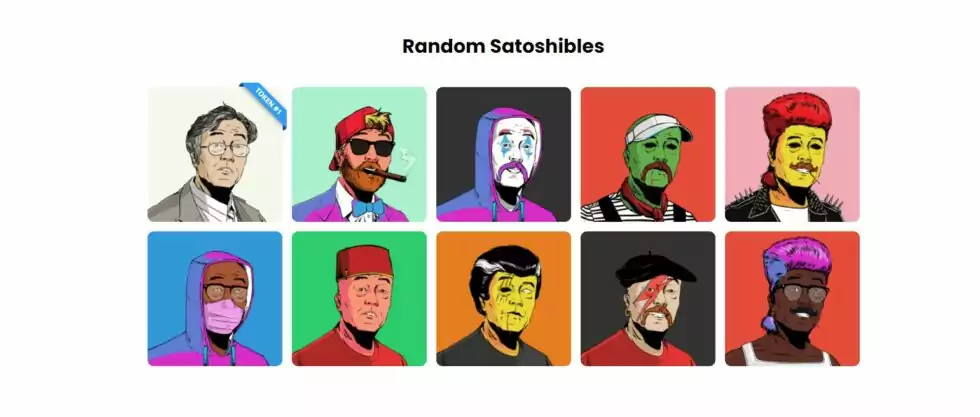
The Satoshibles’ true distinguishing feature is their humanitarian efforts to create a conducive learning environment for African children through NFTs.
The Satoshibles have stepped up to the plate with the Built with Bitcoin Foundation (BWB), a humanitarian organization that provides essential utilities and quality education to communities all over the world using cryptocurrencies.
The Foundation has built schools, supported sustainable farming, and provided access to clean water across Africa, with Ray Youssef (Paxful Founder and CEO) as Executive Director. According to the BWB website, accepting cryptocurrency donations allows for assistance from anywhere in the world. The blockchain infrastructure that cryptocurrencies are built on also allows for transparent fund tracking.
How it all happened
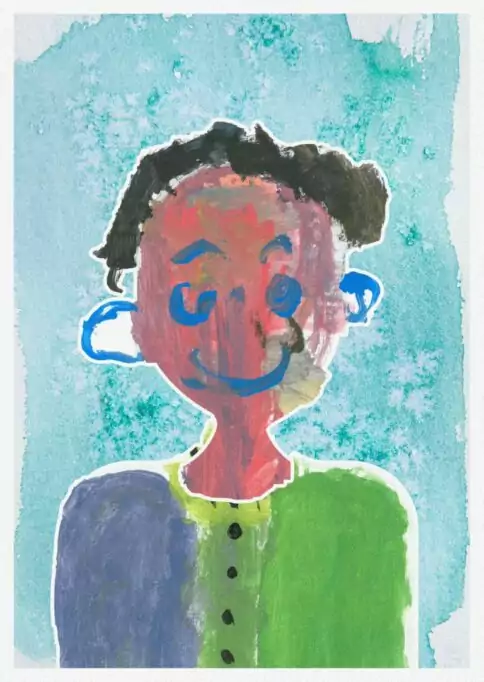
Brian Laughlan, creator of the Satoshibles collection, and Yusuf Nessary, Director of Philanthropy, BWB, spoke with Techpoint Africa about how they came together to do good with NFTs and cryptocurrencies.
“When we launched the Satoshibles project, we pledged to give back and try to do some social good with the funds raised.”
“We saddled our community with the decision of selecting a foundation with similar values to ours that would help put these funds to good use, and the overwhelming response was BWB,” Laughlan explained.
He went on to say that the community wanted to work with BWB because of its selfless efforts to help people over the last five years, not only in Africa but also in many other parts of the world.
The Foundation has constructed eight water projects, four technology centers, and several schools that have impacted the lives of over 2,300 students worldwide.
According to Laughlan, BWB and the Satoshibles shared fantastic ideas on how to expand BWB’s work to reach more communities. All of these ideas came together to form the Built with NFT initiative.
Using NFT for good
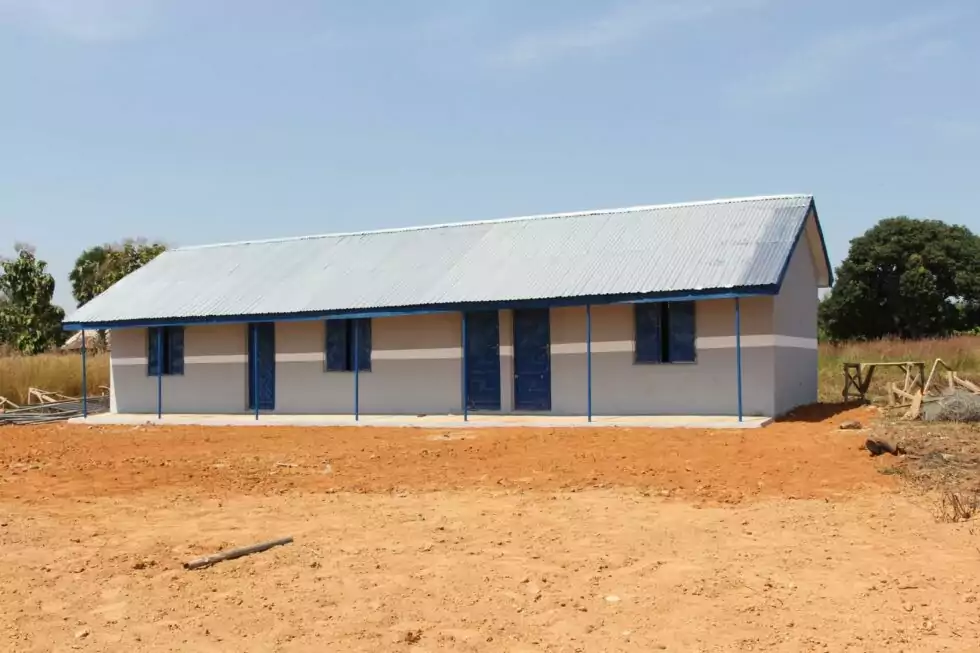
The Satoshibles began the project by donating 10 (10 Eth=$47,500 at the time), which went toward the construction of a computer lab in two schools in Kaduna, Nigeria, as well as other community projects throughout Northern Nigeria.
According to Nessary, that was only the first phase of the Satoshibles’ and BWB’s collaboration.
“For phase two, we thought, ‘Why don’t we create a collection called Built with NFT, with 100% of the proceeds going back into the Foundation to reinvest in communities around the world?'”
“We have 500 children that currently attend our BWB schools in Nigeria, Kenya, and Rwanda, hand painting these masterpieces, thus raising funds and awareness to build other schools around the world,” Nessary beamed.
African children helping the rest of the world
While the Built with NFT project constructs schools and provides a safe learning environment for African children, it also creates something else that cannot be seen or touched but can be felt.
The project gives primary school children a sense of purpose by allowing them to be more than just recipients, but also builders and creators.
With each paint stroke and color that comes to life on paper, their little hands could have a say in the futures of children all over the world.
Giving the children the ability to create, according to Nessary, is a story in and of itself; even more important, they decide the narrative themselves. “We take pride in being a part of the conversation with the students, staff, and family members of the communities,” he said.
“It’s not a situation where BWB has all the answers; it’s up to the members of the community to figure out what they need.” It is our duty to collaborate with them.”
While Built with NFTs is his first NFT-powered work, Nessary has been involved in several philanthropic causes for over a decade. Prior to joining BWB, he founded Zam Zam Water, a non-profit organization dedicated to providing clean water and quality education to communities around the world.
BWB began five years ago, when Nessary received an email from someone who wanted to donate to a foundation for which he worked using Bitcoin.
In 2017, cryptocurrencies were still only popular among cryptocurrency enthusiasts.
Nessary was hesitant to accept the unfamiliar currency from the person because he didn’t know what it was. They developed a trusting relationship after some back and forth, and Nessary discovered how crypto could eliminate cross-border transaction barriers and accept donations from anyone in the world at any time.
Surprisingly, the stranger who sent the Bitcoin email was Ray Youssef (Founder of Paxful), who would later become Nessary’s Co-founder at BWB.
While Laughlan has not actively participated in philanthropy like Nessary, he has always supported well-meaning causes. However, supporting a cause on such a large scale as Built with NFTs has sparked his desire to play a larger role in community development.
How primary school pupils create NFTs
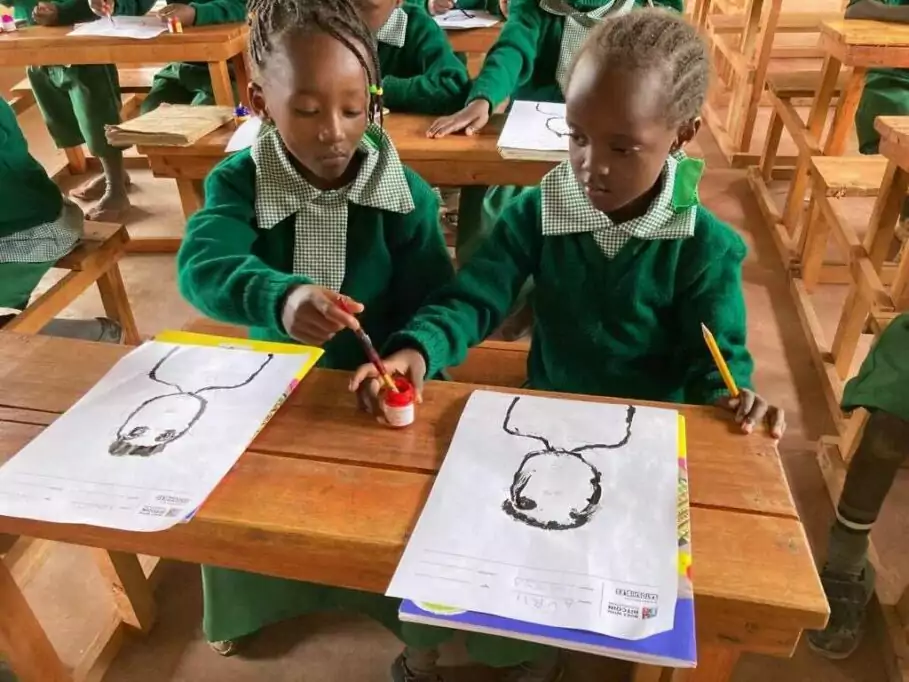
The creation of the NFTs resulted in triumphant moments for which everyone involved in the process was grateful. “Getting the children to create artworks was a success on its own,” says Nessary.
They were pleased that they had inspired the students to use their imaginations. The project also necessitated the establishment of a school art department. It had already begun to bear fruit before it began. Because there were no art teachers in the schools, local artists were hired to teach students the fundamentals of art and painting.
“‘When you grow up, what do you want to be?” “That was the concept we wanted the students to follow,” Nessary told Techpoint Africa.
And the kids went along with it. They painted images of their desired future selves after learning the fundamentals of painting. The older children painted soldiers and police officers, while the younger children painted their fathers, mothers, and even their teachers.
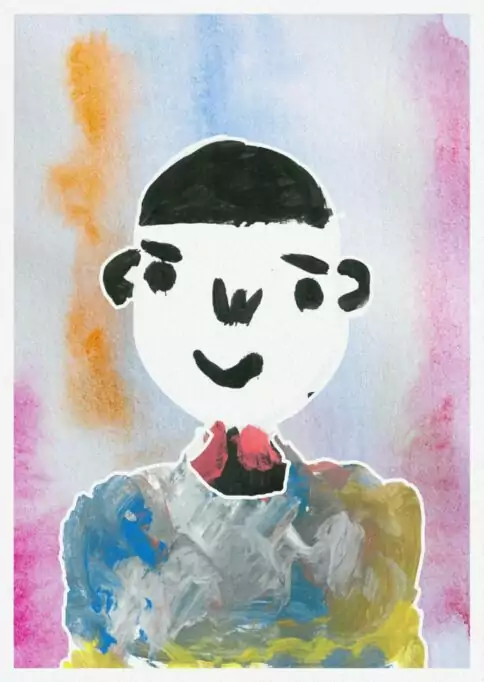
“We began by obtaining consent forms from all of the parents and teachers who were involved in signing off.” No family or student was coerced into taking part. “Everything was completely voluntary,” Nessary explained.
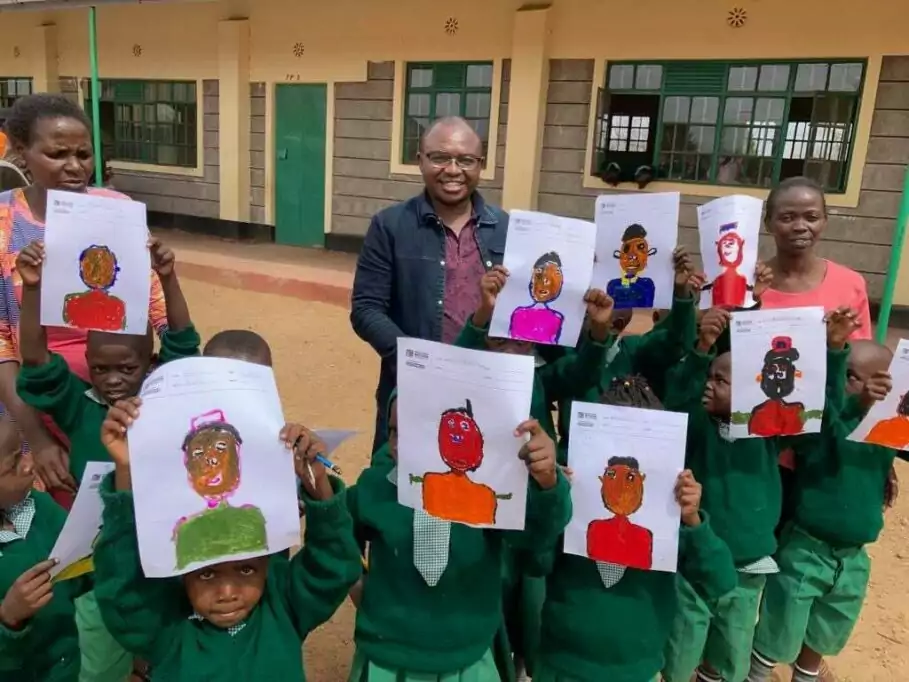
It was also critical that everyone involved, particularly the teachers and parents, understood what they were doing. As a result, it was necessary to explain blockchain and NFT concepts to them.
There have been other NFT-for-good initiatives
The Satoshibles and BWB are not the only ones who use NFTs to help others. Beeple, an NFT artist best known for selling a $69 million NFT, donated $6 million from the sale of another of his pieces to the Open Earth Foundation.
It is a non-profit organization that fights climate change through the use of technology and collaborations to help create a healthier world.
Ellen DeGeneres, a popular American talk show host, also sold multiple NFTs, raising $33,495, which she donated to World Central Kitchen (WCK), a food relief organization.
The Built with NFT project, on the other hand, was unique in that it provided a sense of purpose, giving the children and community a role to play in creating a better tomorrow not just for themselves, but for others around the world.
Aside from the primary goal of the project, a lot of learning and reeducating was done in the process, helping the locals see technology as something that can create hope rather than just what powers flashy and luxurious gadgets.
“The possibilities are endless,” says Laughlan, who is ecstatic and constantly letting his imagination run wild. They developed this using technology that is not controlled by any entity or government.
Nessary was overjoyed as well. For him, seeing a project through to completion is extremely gratifying and satisfying, but he is most grateful for how well he has connected with everyone involved in the project.
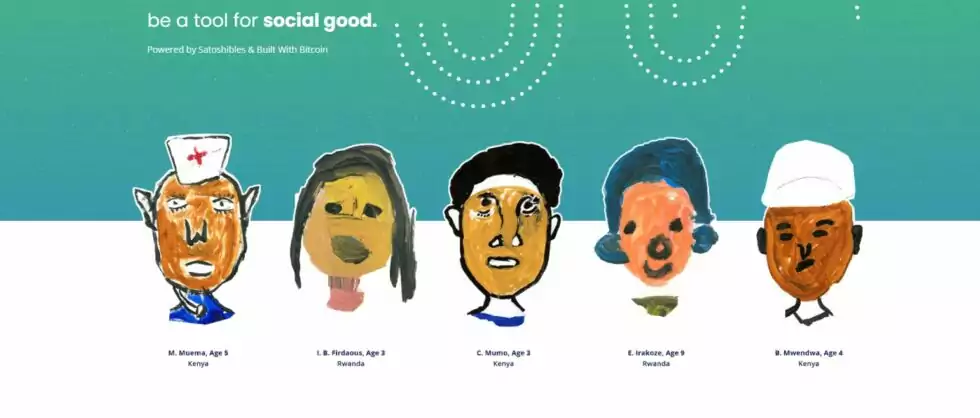
Over 200 of the works have been minted so far, with each piece bearing the name and age of the student who painted it. They can be purchased from the Built with NFT website or from OpenSea. Every painting tells a story, and with each purchase, children all over the world gain access to a better life.


